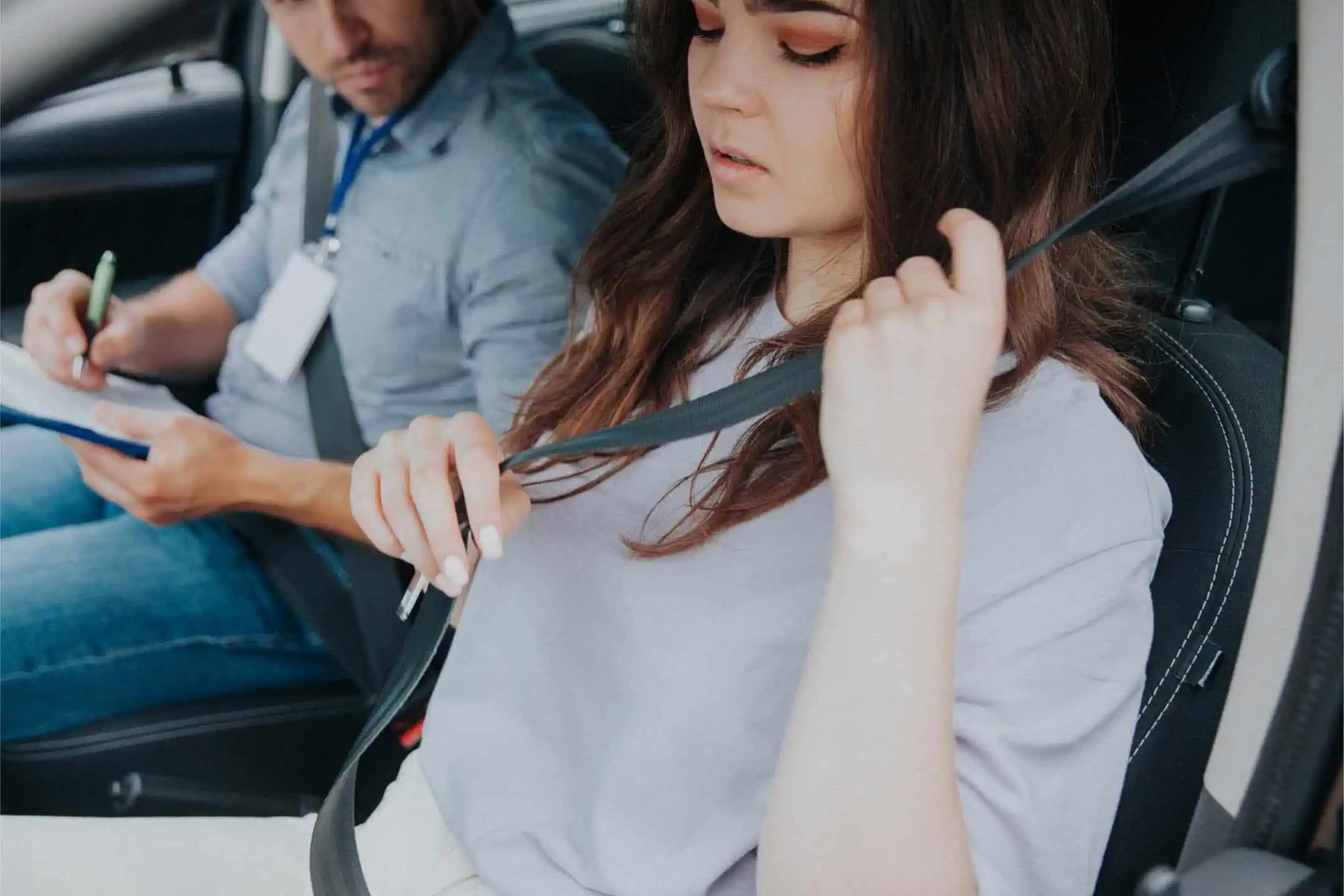Whiplash injury

Docs
Servicing
Essentials
Penalties
Running Menu
Whiplash causes, pain, stiffness and loss of movement in the neck, chronic whiplash take months to heal. Adjust your seat restraint properly for maximum protection.
Whiplash and car accidents
If you’re in a car accident, one of the most likely injuries is whiplash.
It’s a common occurrence and generally happens when one vehicle is struck from behind by another.
The seat belt restrains your body, but not your head – causing the whiplash effect. Ow!
Here’s a quick guide on how to avoid whiplash, and what to do if you get it.
Adjust your head restraint properly
Whatever car you are in, always check that your head restraint is adjusted correctly. Even if you’re in your friend’s car, don’t feel bad for adjusting your head restraint!
For the heads best protection the restraint should be:
- Touching the back of your head or as close as possible to it.
- As high as the top of your ears and ideally as high as the top of your head.

Warning – whiplash
If you have whiplash and experience severe pain and trouble moving, you may have to go to A&E – don’t wait for the GP if you don’t feel that you can.
What are the symptoms?
Whiplash is a soft tissue injury which occurs in the neck after the head is jolts forwards, backwards or sideways causing a sudden extension of the neck muscles.
If you are unlucky enough to be involved in an accident, you may experience whiplash straight after the collision, or the pain could take several days to materialise.
The symptoms include:
- Headaches
- Neck pain
- Pain in shoulders and arms
- Dizziness
In extreme cases, memory loss, problems concentrating, tinnitus (ringing in the ears) and even depression can occur – so don’t take it lightly.


What to do if you get whiplash?
If you do suffer a whiplash injury, you should visit your GP as soon as you can, and they will recommend the best treatment for you.
You mustn’t ignore the symptoms. Even if you’re not 100% sure you have whiplash, it’s better to be safe than sorry and head to your GP.
If you subsequently make an insurance claim against the driver who caused the accident, your medical records from the GP will be proof that you have whiplash.
Of course, if you experience severe pain and trouble moving, you may have to go to A&E – don’t wait for the GP if you don’t feel that you can.